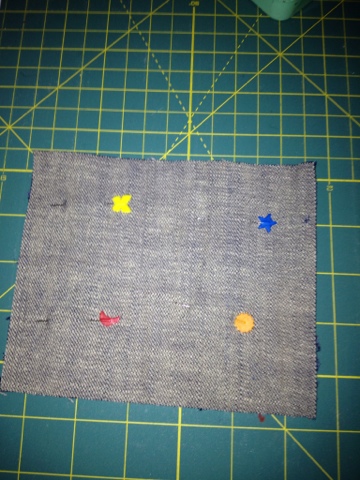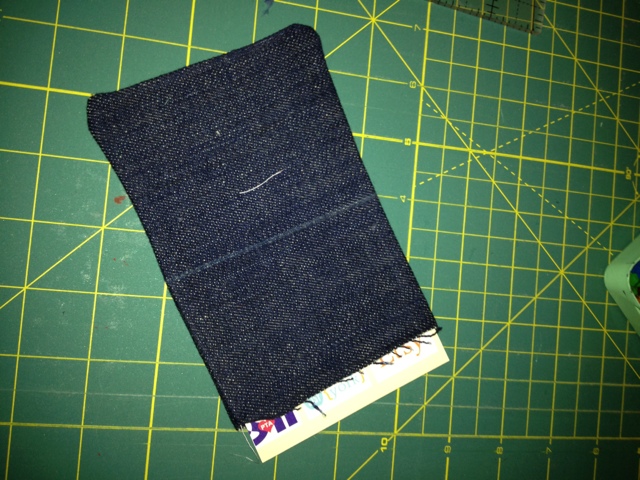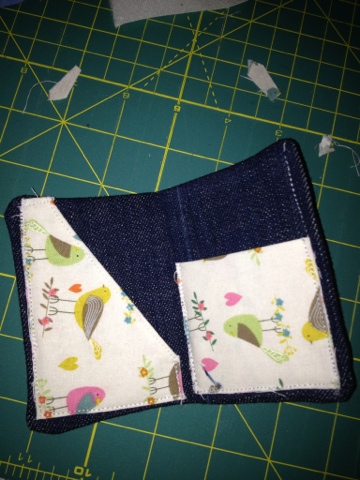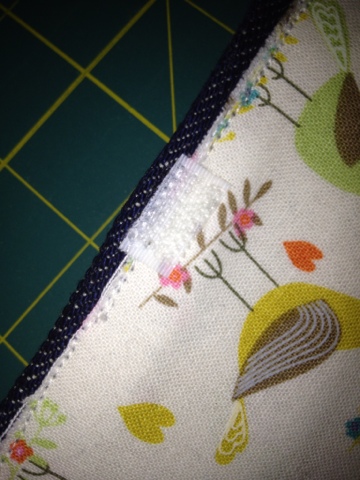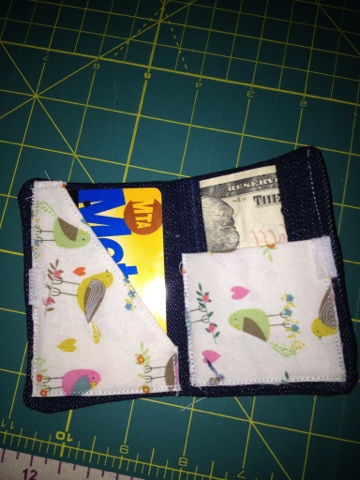DIY: Fall Patchwork Kitchen Trivet Tutorial
It's National Sewing Month! Did you know that? Did you know it was President Regan who started National Sewing Month in 1982. He wanted to celebrate and honor the importance of home sewing in the United States. If you want to learn more about National Sewing Month check out the National Sewing Month website. However I am here to show you how to make a Patchwork Trivet just in time for the beginning of tea and soup season. This is a good project for a beginner or intermediate but you do need to know how to use a sewing machine.
Materials:
scissors or rotary cutter
pins / iron
cotton woven fabric scraps adding up to 9" square
wool - I use Mary Flanagan wool that comes in beautiful colors and patterns
1. Cut your cotton woven fabric scraps into 3" squares. I used 3 different patterns/colors.
2. Arrange your squares into the design you would like for the top part of the trivet.
3. Once you decide on your design, take 2 squares and lay them face to face, pin them and sew 1/4" seam allowance on one side.
5. Remove the pins and with a hot iron and the back side facing up, press the seam to the darker fabric side.
6. Arrange your pieces again into your desired design. You can see in my photo I sewed 6 pieces together to create 3 2 patch blocks. My design is 3 swatches across, 2 are sewn and the 3rd isn't. Now I will sew a third square onto each row of 2.
Continue this step with the other 2 rows of 2 squares each and this will complete your trivet top.
Next Friday will be part 2 of this tutorial and I will show you how to make your quilt sandwich and complete the trivet.
Have a great weekend! And please ask any questions or comments below!
Tracey






































